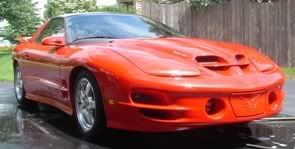one of my new workers put regular gas in the blower and now it's not running as strong.
do any of you guys know of something i might do to fix it myself. i will get a new plug this weekend and filter.
thanks.
cjm
do any of you guys know of something i might do to fix it myself. i will get a new plug this weekend and filter.
thanks.
cjm




 ..TRANS..
..TRANS..

 - ahum : Kawi piston at full speed just before crank wipes out and rod shoots threw block
- ahum : Kawi piston at full speed just before crank wipes out and rod shoots threw block 

 TRANS.
TRANS.

Comment